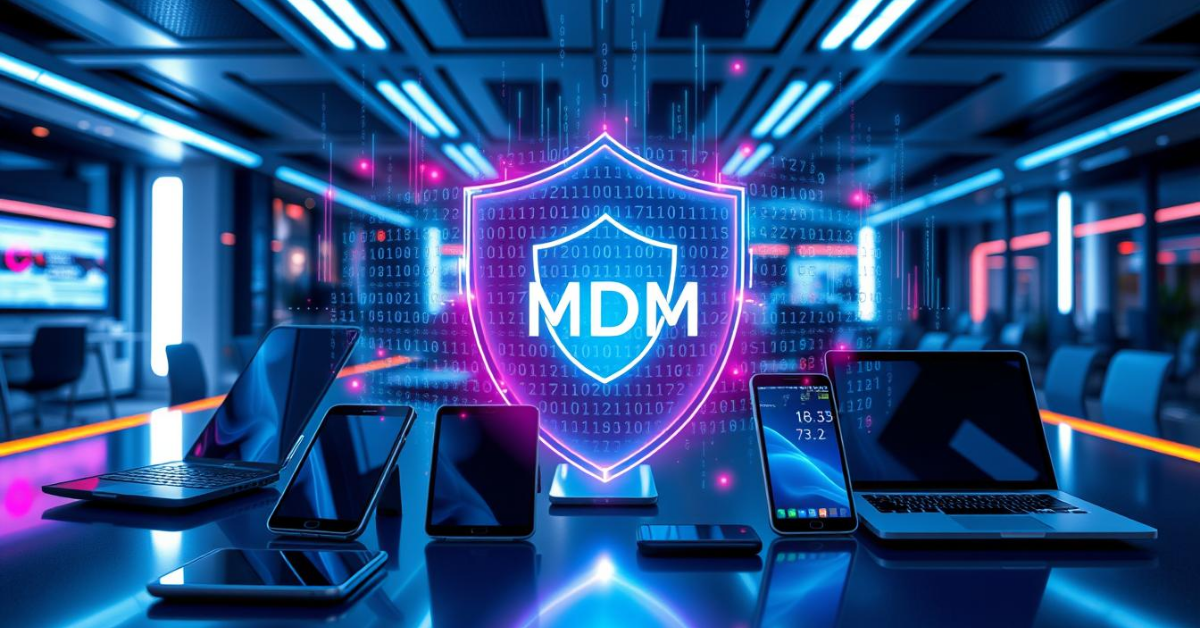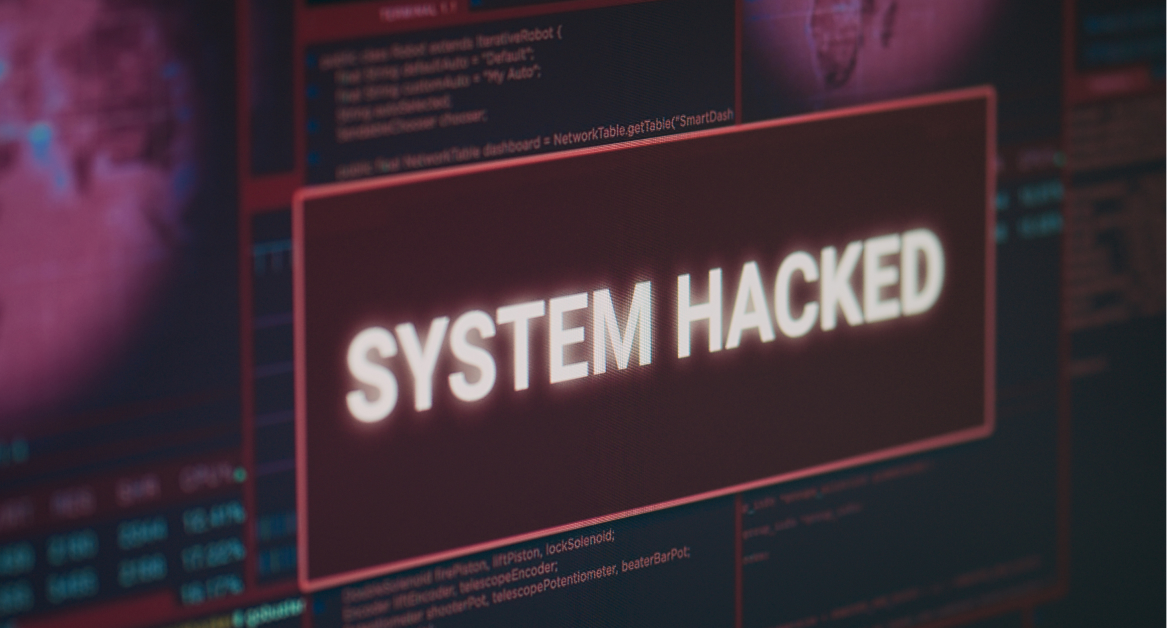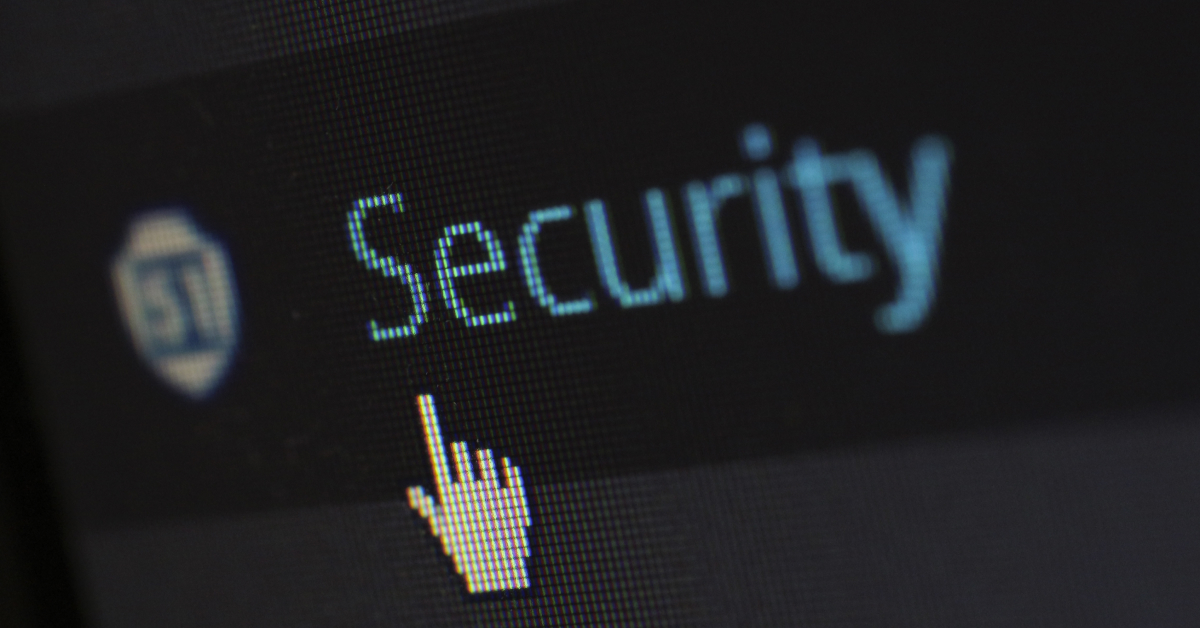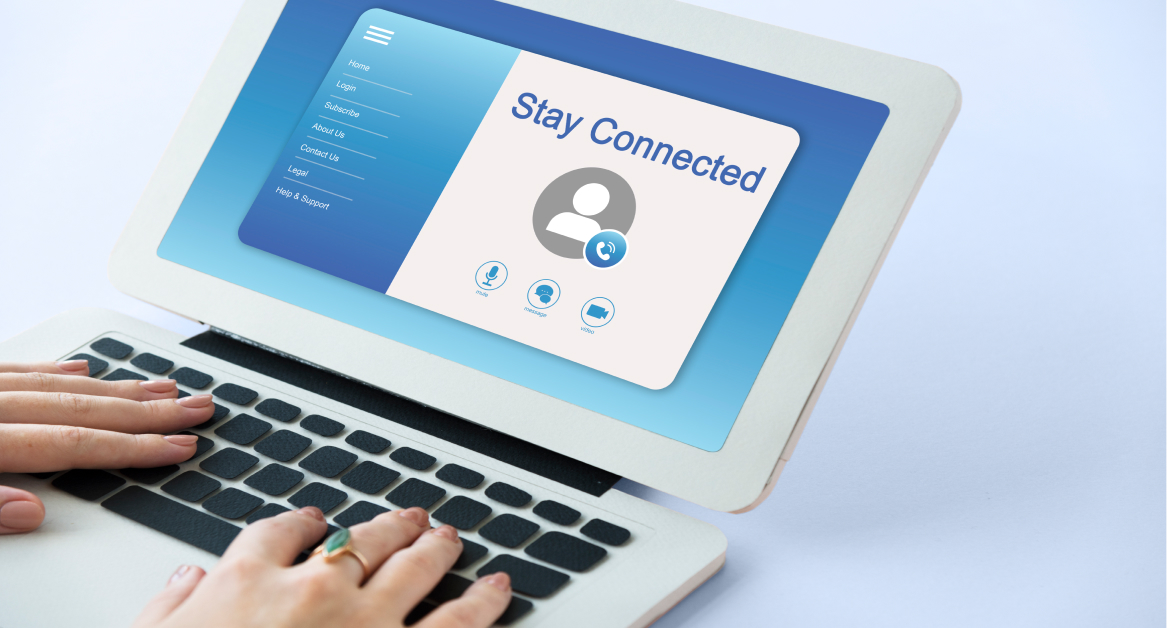Managing laptops in a hybrid or remote company landscape isn’t a luxury — it’s a must. With employees working from home, coffee shops, or co-working spaces, safeguarding corporate data while keeping teams productive is a real balancing act.
A modern solution? Mobile device management (MDM) for laptops. This opens the door to effortless device setup, remote wipe when a device goes lost or stolen, and the ability to manage everything—from application installations to security policies—from a central dashboard.
In the next sections, you’ll see how MDM for laptops transforms device management. Whether you’re protecting sensitive data or streamlining device enrollment, this is your go-to guide for laptop management software that fits today’s hybrid world.
What is MDM for laptops?
Mobile device management (MDM) for laptops is a technology that helps businesses control, monitor, and secure laptops across their workforce. Think of it as a central hub — an MDM server — that connects every enrolled device so IT teams can manage them remotely.
Originally designed for smartphones and tablets, mobile device management (MDM) has evolved to cover laptops and desktops too. Today, MDM solutions support multiple operating systems, including Windows devices, macOS, and Linux. That makes them a natural fit for companies where employees use different platforms or even bring your own device (BYOD) setups.
At its core, MDM for laptops enables:
Remote management
Configure a device remotely, push updates, and enforce security rules without physically touching the machine.
Content management
Control access to apps and files, ensuring employees only see what they need for work.
Protection of company data
Keep corporate data separate from personal files, especially in BYOD environments.
Automated device setup
Speed up onboarding with seamless provisioning and enrollment workflows.
In short, MDM is not just another piece of laptop management software. It’s a device management MDM solution designed to simplify IT operations while keeping systems secure and compliant in a world shaped by hybrid work.
Key benefits of MDM for laptops
For companies with hybrid or remote teams, MDM isn’t just about convenience. It’s about protecting business continuity, securing devices, and reducing the IT workload. Here are the biggest advantages:
Centralized device management
With an MDM server, IT teams can view and control all laptops from one place. No matter if the device is in the office, at home, or on the road, you can push updates, monitor compliance, and track usage in real time. This level of visibility is critical for scaling teams across multiple regions.
Enhanced security
Lost or stolen laptops are a constant risk. MDM tools let you lock or wipe a device remotely, ensuring corporate data doesn’t fall into the wrong hands. IT can also enforce security policies such as mandatory encryption, firewalls, and password rules. This makes it easier to protect sensitive data across your entire workforce.
Automated patching and updates
Outdated software is a common entry point for cyberattacks. With MDM, patches and updates roll out automatically, keeping every Windows device and MacBook up-to-date without relying on employees to take action.
Compliance and audit readiness
Industries like finance, healthcare, or tech often face strict compliance requirements. Device management MDM solutions help enforce standard configurations, generate compliance reports, and prove that laptops meet security standards during audits.
Asset tracking and lifecycle management
Every laptop has a journey — from purchase to daily use to retirement. MDM provides full visibility into that lifecycle. IT teams can monitor device health, usage patterns, and plan timely upgrades or secure decommissioning.
BYOD support and data separation
As bring your own device (BYOD) policies grow, the challenge is keeping company data safe without invading employee privacy. MDM makes it possible to create separate work profiles on personal laptops, allowing content management for business files while leaving personal data untouched.
Improved productivity and reduced IT burden
With MDM, IT doesn’t need to manually configure every laptop. Features like device enrollment, remote troubleshooting, and zero-touch device setup free IT staff from repetitive tasks. Employees also spend less time waiting for fixes and more time working.
Cost savings
Downtime is expensive. MDM reduces costs by minimizing disruptions, preventing data breaches, and allowing devices to be repurposed for new hires instead of buying new hardware. Over time, this adds up to significant savings for scaling startups.
How MDM works in practice
So, what does using MDM for laptops actually look like in a real company? Here’s a simple breakdown of the process:
Device enrollment
Everything starts with device enrollment. This is when a laptop first connects to the MDM server. Enrollment can be as easy as scanning a QR code, entering company credentials, or using automated provisioning during device setup. From that point on, IT gains secure visibility and control over the device.
Policy enforcement and monitoring
Once enrolled, IT can roll out configurations instantly. For example, you can:
- Enforce security policies like strong passwords and full-disk encryption
- Block unauthorized apps or websites
- Ensure access to corporate data happens only through secure channels
The system also monitors compliance in real time, alerting IT when a laptop falls out of line.
Remote app deployment and configuration
Need to install a new management application or roll out updates? MDM lets you push apps, drivers, and settings to every laptop remotely. Whether it’s a Windows device in Singapore or a MacBook in Berlin, deployment happens from one central dashboard.
Troubleshooting and remote actions
Things go wrong — that’s inevitable. But with MDM, IT doesn’t need to ship devices back or spend hours on calls. Instead, they can:
- Lock a device remotely if suspicious activity is detected
- Perform a remote wipe if a laptop is lost or stolen
- Push updates or patches instantly
- Run diagnostics or provide remote support
This level of control keeps downtime low and ensures company data is always safe.

MDM market context and future trends
Understanding the broader MDM market can help you see where investments are headed—and why now is the right time to consider it for your team.
MDM market growth
- The global mobile device management (MDM) market is set to expand dramatically. It’s projected to grow from around USD 7.67 billion in 2024 to USD 28.37 billion by 2030, at a robust 24.5% CAGR (Grand View Research).
- Another forecast estimates growth from USD 10.1 billion in 2024 up to USD 40.8 billion by 2032, with a 19% CAGR (Managed Services Journal).
- Even more optimistic projections suggest a leap from USD 15.75 billion in 2025 to USD 81.72 billion by 2032, pointing at a 26.5% CAGR (Fortune Business Insights).
These figures tell the same story: demand for device management is accelerating fast—especially with the shift to hybrid work and rising focus on securing company data.
Rise of Unified Endpoint Management (UEM)
- UEM—bringing tablets, laptops, smartphones, and IoT under a single management umbrella—is also booming. One estimate sets the UEM market at USD 7.04 billion in 2025, doubling to USD 15 billion by 2030 (CAGR ~26.3%) (Mordor Intelligence).
- Another predicts explosive growth from USD 13.35 billion in 2024 to USD 17.15 billion in 2025, and then to USD 53.24 billion by 2029 (CAGR ~32.7%) (The Business Research Company).
- Technavio’s latest report shows the UEM market may surge by USD 111.6 billion between 2025 and 2029, at a staggering 58% CAGR (PR Newswire).
This confirms the shift: businesses want one tool to manage devices across all platforms, not separate systems for mobile and laptops.
Emerging features and future trends
Key innovations shaping the future of MDM/UEM include:
- AI-driven automation—intelligent patching based on device behavior, predictive security, and adaptive compliance workflows.
- IoT and edge device coverage—extending beyond traditional laptops and phones to include connected gear.
- Growing adoption of cloud-based delivery models is making it more flexible and scalable for distributed teams (Mordor Intelligence).
- Stronger focus on zero-trust security, real-time policy enforcement, and detailed compliance reporting.
Choosing the right MDM solution
Not all device management MDM solutions are created equal. The right fit depends on your company’s size, setup, and long-term IT strategy. Here are some factors to weigh before deciding:
Supported platforms
Does the solution work across Windows devices, macOS, Linux, and even mobile? If your team uses different systems, cross-platform support is a must. Some tools are Apple-focused MDM, while others cater mainly to Windows. If you’re managing a mix, choose a cross-platform tool.
Deployment model
Do you want a cloud-based solution or an on-premises setup? Cloud MDM is generally easier for distributed and hybrid teams because you can manage devices remotely without needing corporate networks or VPNs. On-prem might make sense for companies with strict regulatory or data residency requirements.
Ease of use
An MDM solution should reduce IT workload, not add to it. Look for intuitive dashboards, streamlined device enrollment, and automation features like remote wipe and policy enforcement.
Integration with existing systems
Does it play well with your current management applications like HR systems, productivity suites, and security tools? Seamless integration makes onboarding, offboarding, and compliance reporting much smoother.
Security and compliance
A good solution should help you protect sensitive data, enforce encryption, and provide detailed compliance reporting. Features like content management and separating personal from company data are essential for bring your own device (BYOD) environments.
Scalability
Startups grow fast. Make sure the laptop management software can scale with you, whether you’re managing 50 laptops today or 500 tomorrow.
Pricing and ROI
Finally, compare cost against value. Consider not just license fees but also time saved, downtime avoided, and risk reduction. The cheapest tool may not deliver the enforced security or automation your team needs to thrive.
Simplifying laptop management in the remote era
With features like remote wipe, content management, policy enforcement, and laptop management software built to support BYOD and multiple platforms, MDM solutions empower startups to:
- Protect sensitive data no matter where employees work
- Cut downtime with automation and remote troubleshooting
- Scale operations confidently while staying compliant
- Save costs by repurposing devices and reducing IT burden
But choosing and running the right solution can be overwhelming — especially for startups scaling fast.
That’s why many forward-thinking companies partner with Esevel. As a full-stack IT platform, Esevel goes beyond just mobile device management solutions. We help you:
- Procure and deliver laptops to 88+ countries
- Automate onboarding and offboarding
- Manage devices and applications through a single platform
- Provide real-time IT support and global hardware repairs
- Enforce security and compliance across your entire workforce
In short, Esevel makes IT simple, secure, and scalable for distributed teams.
FAQs
1. What does MDM for laptops do?
MDM (Mobile Device Management) for laptops lets IT teams remotely set up, secure, and manage devices from one central dashboard.
2. How does MDM improve security for hybrid teams?
It enforces encryption, password policies, and firewalls while allowing remote lock or wipe if a laptop is lost or stolen.
3. Can MDM work across different operating systems?
Yes. Modern MDM solutions support Windows devices, macOS, and Linux, making them ideal for diverse or BYOD teams.
4. Why should businesses invest in MDM now?
With hybrid work and rising cyber threats, MDM reduces downtime, ensures compliance, and protects corporate data cost-effectively.







